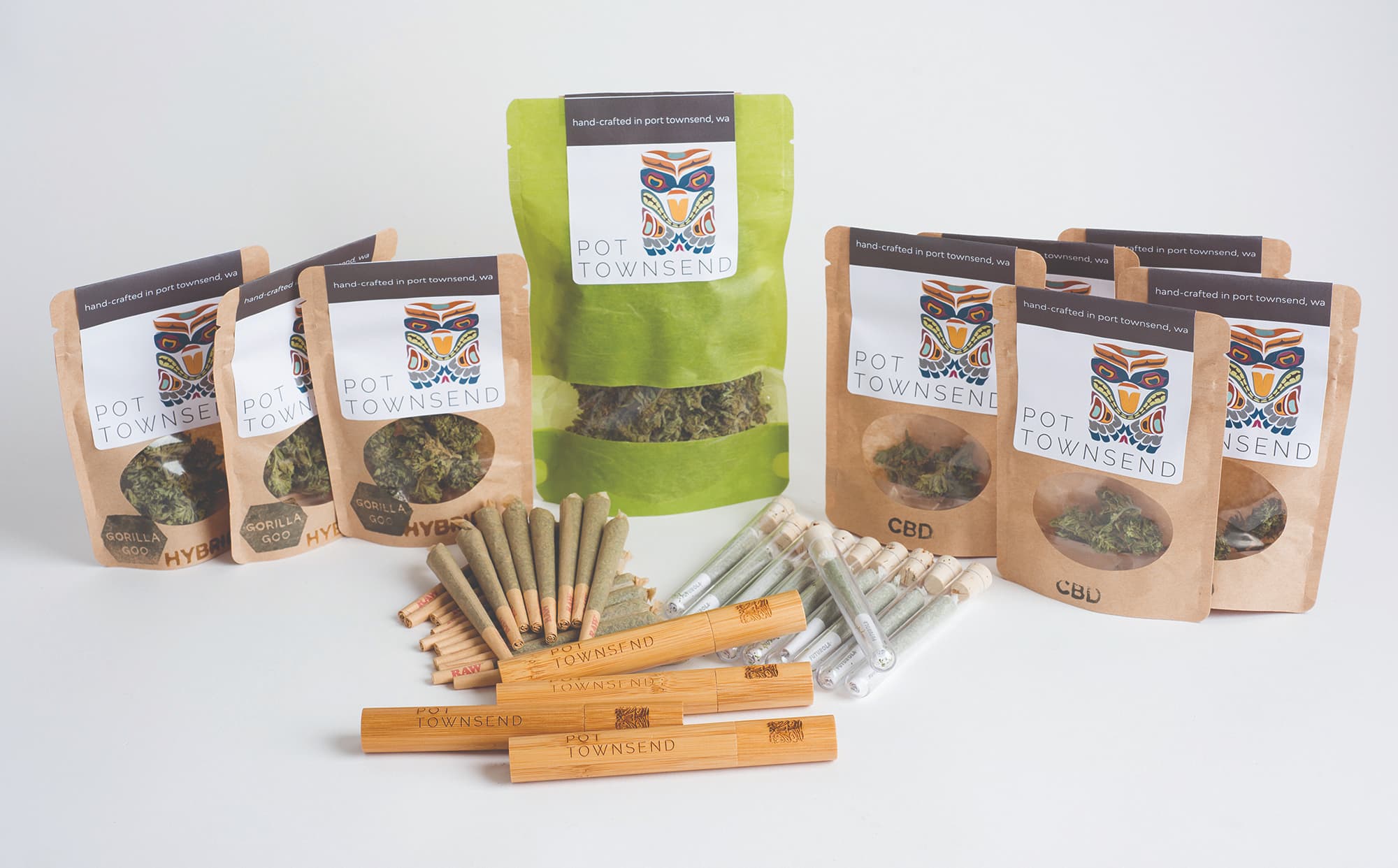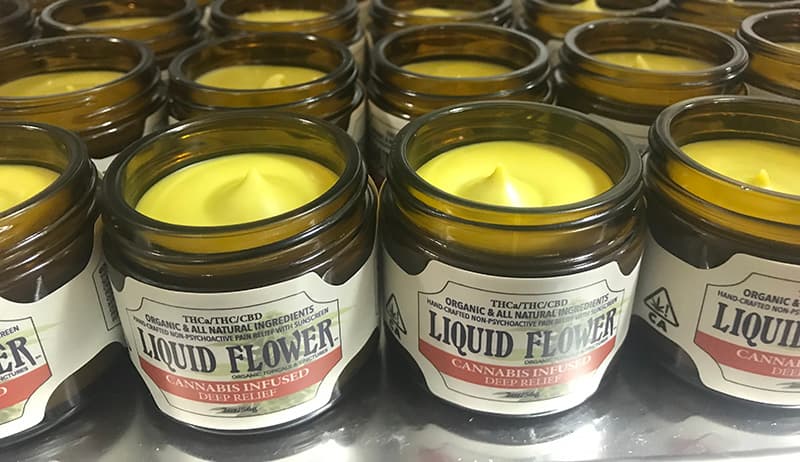Maximizing Compliance and Transparency: The Role of Custom Barcode Labels in the Cannabis Industry
This entry was posted on July 03, 2025 .
Custom barcode labels are essential tools in cannabis packaging, giving every product a unique, scannable identity that links back to testing data, batch numbers, and seed-to-sale records, key for staying compliant and building consumer trust.
Without them, even the best cannabis can run into costly fines or be pulled from shelves. High-quality barcode labels help you meet complex state regulations, make inventory tracking simple, and show customers exactly what they’re buying.


How Barcode Labels Protect Cannabis Producers and Consumers
Barcodes do more than sit quietly on packaging, they’re a crucial connection between your product, state regulators, and buyers. In the cannabis industry, barcode labels ensure:
- Every product can be traced back to its cultivation and testing batch.
- Customers can quickly check lab results for potency, contaminants, or terpenes.
- Regulators see proof you’re following seed-to-sale tracking rules.
A barcode that scans reliably can mean the difference between compliance and a regulatory headache.
Understanding Cannabis Compliance Requirements for Barcodes
Cannabis labeling laws vary by state, but nearly all legalized states require barcodes as part of packaging compliance. Why?
- Seed-to-sale tracking: States like California, Colorado, and Michigan mandate unique IDs for each unit sold, tracked from planting to dispensary shelf.
- Metrc integration: Many states use Metrc (Marijuana Enforcement Tracking Reporting Compliance), which relies on barcodes or RFID tags for data accuracy.
- Labeling audits: Regulators look for scannable barcodes to verify products at every step.
Without readable barcodes, your batches could be flagged or rejected.
Building Consumer Trust with Transparent Packaging
Shoppers want to know what’s in their cannabis and a barcode can take them right to the details. By combining barcodes with QR codes, you can let customers:
- View certificates of analysis (COAs) from licensed labs.
- See terpene and cannabinoid profiles.
- Read up on growing methods or sustainability efforts.
Transparency turns first-time buyers into repeat customers and your barcode label is the gateway.
Avoiding Common Cannabis Label Fails
Even well-made cannabis products can suffer if the label fails. Watch out for these mistakes:
- Unreadable barcodes: Blurry prints or low contrast that won’t scan.
- Peeling labels: Adhesives not rated for mylar bags or glass jars.
- Smudged ink: Labels exposed to oils, moisture, or friction can fade quickly.
Investing in the right label materials and finishes saves time and protects your products on dispensary shelves.


Choosing the Right Materials for Cannabis Barcode Labels
Cannabis products often face challenging storage conditions, coolers, warm lights, or sticky oils. For barcode labels that stay sharp and scan reliably:
- White BOPP with laminate is waterproof, oil-resistant, and easy to wipe clean.
- Matte finishes reduce glare, making barcodes easier to scan under harsh lighting.
- Permanent adhesives keep labels secure on everything from glass jars to flexible pouches.
The right material keeps your labels intact and legible from grow to point-of-sale.
Designing Barcode Labels for Easy Scanning
Even a perfect barcode can fail if it’s poorly designed. Here’s how to make scanning simple:
- Maintain a quiet zone (white space) around your barcode.
- Use dark bars on a light background for high contrast.
- Place barcodes on flat areas of jars or pouches, avoid folds, curves, or seams.
- Test scans with multiple devices before printing a full run.
Clean design equals faster checkouts, fewer compliance issues, and happier customers.
Beyond Compliance: Using Barcodes for Inventory and Marketing
Barcodes aren’t just for regulators, they’re for you, too. Smart uses include:
- Inventory management: Simplify counting and restocking with scannable SKUs.
- Dynamic QR integration: Add QR codes alongside barcodes to link customers to your website, educational content, or rewards programs.
- Batch tracking: Keep tabs on sales data, returns, or recalls with unique barcodes.
With thoughtful planning, barcode labels can streamline operations and boost your marketing efforts.
Fast, Flexible Barcode Label Printing for the Cannabis Industry
The cannabis industry moves fast, so should your labeling. Custom barcode labels printed quickly in small or large batches let you:
- Meet sudden demand spikes or seasonal releases.
- Adjust to new compliance rules without massive reprints.
- Scale as you expand distribution to new dispensaries or states.
Make Compliance Easy and Earn Your Customers’ Trust
Custom barcode labels do more than check a box for regulators, they show that you stand behind your products with transparency and care.
From oils to edibles, the right labels keep your packaging compliant and give buyers confidence in what they’re purchasing. When you’re ready, you can get barcode labels built for the unique challenges of cannabis products, durable, clear, and printed to move as fast as your business.
FAQs About Cannabis Barcode Labels
Why do cannabis products need barcode labels?
State laws require barcodes to track products from seed to sale, proving compliance and enabling recalls or audits.
What material is best for cannabis barcode labels?
White BOPP with a matte or gloss laminate is ideal—durable, waterproof, oil-resistant, and easy to scan.
How big should barcodes be on cannabis packaging?
A minimum of 1.2 inches wide and 0.5 inches tall keeps barcodes easily scannable for retail systems.
Do I need both a barcode and a QR code?
While only barcodes are required, adding a QR code gives customers quick access to lab results or product info.
How fast can I get cannabis barcode labels printed?
Most custom barcode label orders ship within 48–72 hours after proof approval—perfect for staying ahead of market demand.

 Custom Labels
Custom Labels  Custom Beverage Labels
Custom Beverage Labels  Custom Lip Balm Labels
Custom Lip Balm Labels  Custom Warning & Safety Labels
Custom Warning & Safety Labels  Perfume Bottle Labels
Perfume Bottle Labels  Bumper Stickers
Bumper Stickers  Custom Prop 65 Warning Labels
Custom Prop 65 Warning Labels  Custom Stickers
Custom Stickers